Full Name Crispus Attucks Occupation Dockworker | Name Crispus Attucks Role Dockworker | |
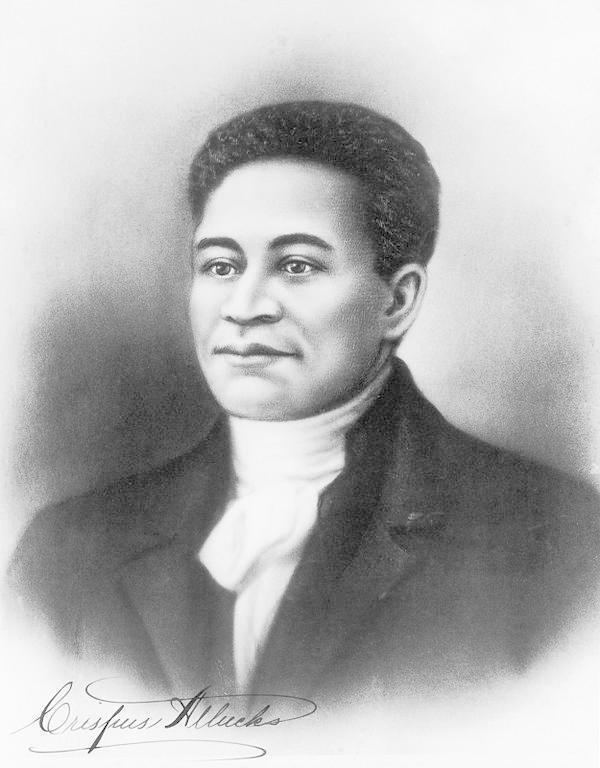 | ||
Similar People Died March 5, 1770 (approximately aged 47) Boston, Massachusetts Bay | ||
Crispus attucks
Crispus Attucks (c.1723—March 5, 1770) was the first person killed in the Boston Massacre, in Boston, Massachusetts, and is widely referred to as the first American killed in the American Revolution. Aside from the event of his death little is known for certain about Attucks. He could have been a Native American slave, or a freeman, or a merchant seaman and dockworker of Wampanoag and African descent. Circumstantial evidence suggests his father may have been Prince Yonger, an African-born slave and his mother, Nanny Peterattucks, a Natick Native American.
Contents
- Crispus attucks
- Crispus Attucks Upside Life
- Early life
- Boston Massacre
- Reaction and trials
- Legacy and honors
- In popular culture
- References
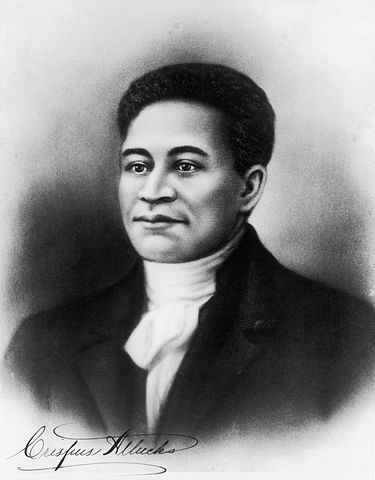
Despite the lack of clarity, Attucks became an icon of the anti-slavery movement in the mid-19th century. He was held up as the first martyr of the American Revolution. In the 1850s, as the abolitionist movement gained momentum in Boston, supporters lauded Attucks as an African American who played a heroic role in the history of the United States.
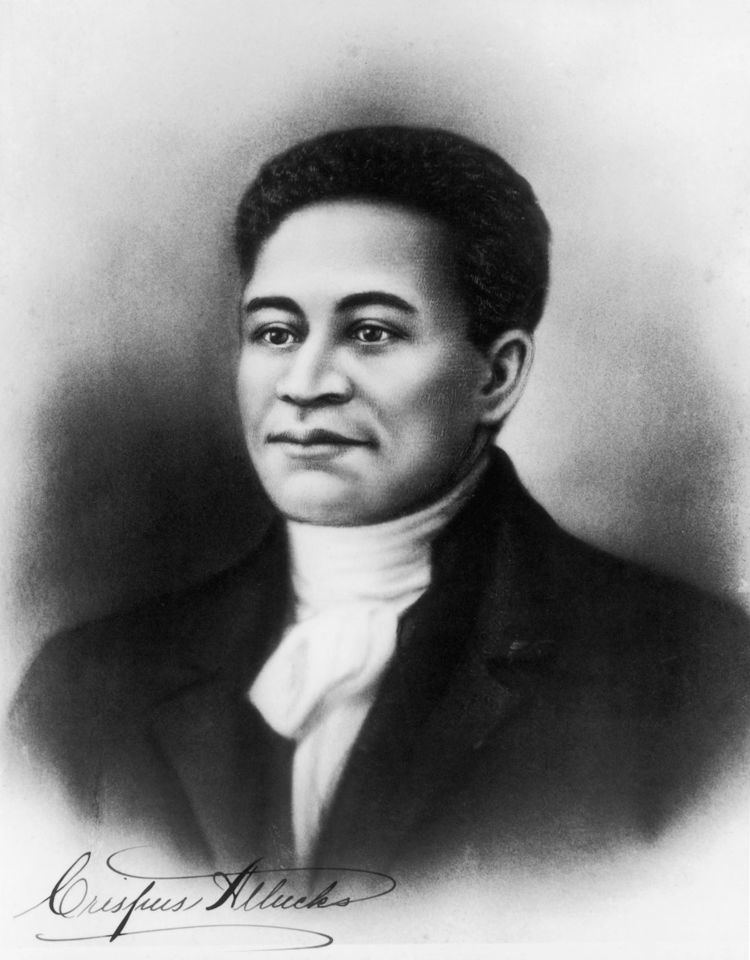
Historians disagree on whether Crispus Attucks was a free man or an escaped slave, but most agree that he was of Wampanoag and African descent. Two major sources of eyewitness testimony about the Boston Massacre, both published in 1770, did not refer to Attucks as "black" nor as a "Negro"; it appeared that Bostonians of European descent viewed him as being of mixed ethnicity. According to a contemporary account in the Pennsylvania Gazette (Philadelphia), he was a "Mulattoe man, named Crispus Attucks, who was born in Framingham, but lately belonged to New-Providence, and was here in order to go for North Carolina . . ." Because of his mixed heritage, his story is also significant for Native Americans.
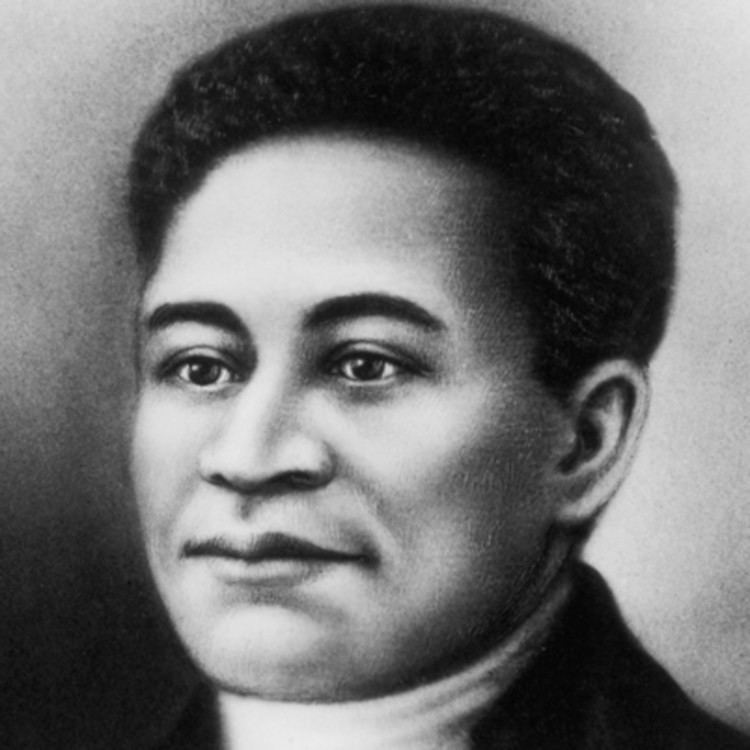
And to honor Crispus Attucks who was the leader and voice that day: The first to defy, and the first to die, with Maverick, Carr, and Gray. Call it riot or revolution, or mob or crowd as you may, such deaths have been seeds of nations, such lives shall be honored for aye...

He is one of the most important figures in African-American history, not for what he did for his own race but for what he did for all oppressed people everywhere. He is a reminder that the African-American heritage is not only African but American and it is a heritage that begins with the beginning of America.
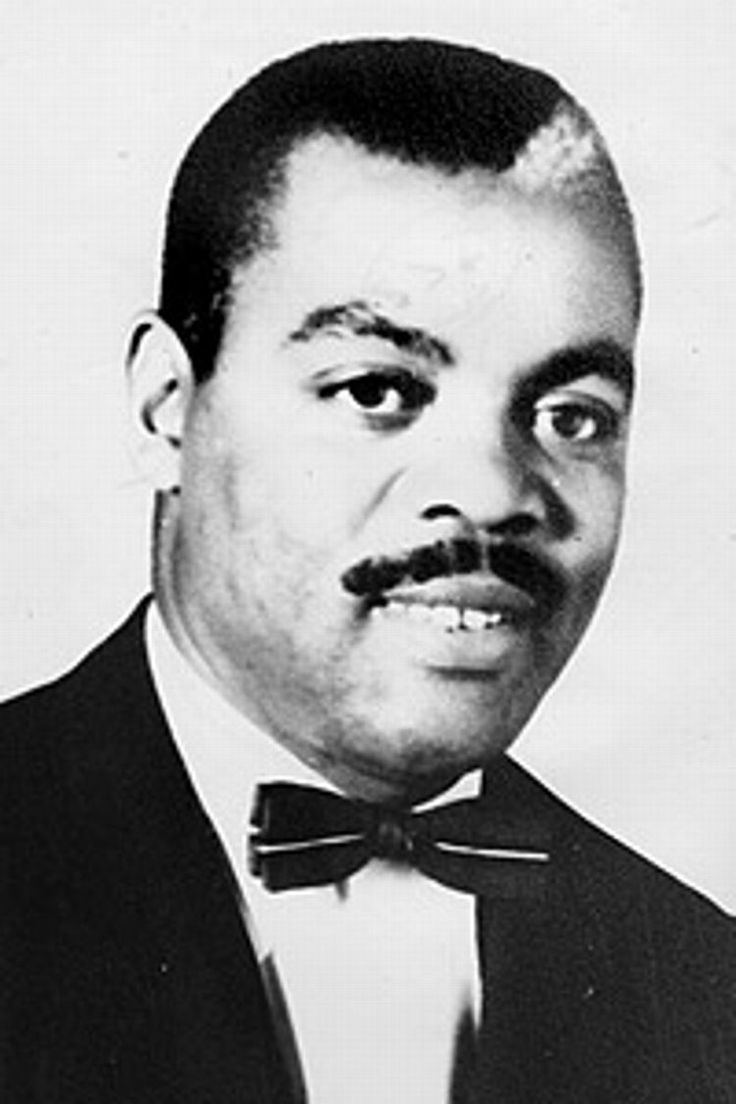
Crispus Attucks - Upside Life
Early life

Attucks appears to have been born in Framingham, Massachusetts. While nothing is known with certainty about Attucks's family, some sources speculate that his father married a woman who originated from the Natick Tribe. Framingham had a small population of black inhabitants from at least 1716. Attucks was almost certainly of mixed African and Native American parentage and many assume he was descended from John Attuck (or Uktuck) of Massachusetts, who was hanged during King Philip's War.
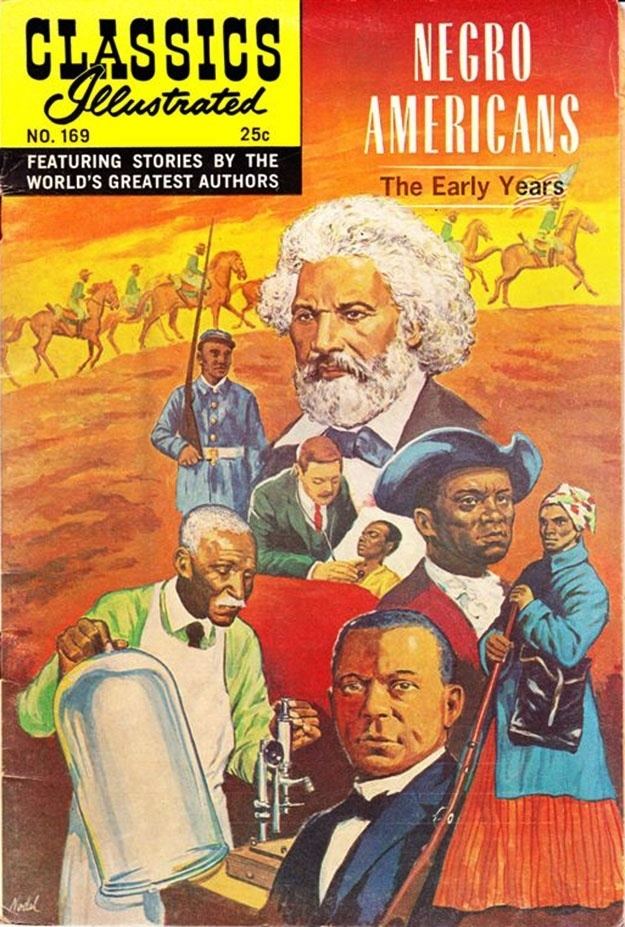
In 1750 William Brown, a slave-owner in Framingham, advertised for the return of a runaway slave named Crispas. In the advertisement, Brown describes Attucks and his clothing when he was last seen. He also said that a reward of 10 pounds would be given to whoever found and returned Attucks to him. Attucks's status at the time of the massacre as either a free black or a runaway slave has been a matter of debate for historians. What is known is that Attucks became a sailor and he spent much of the remainder of his life at sea or working around the docks along the Atlantic seaboard. Many historians also believe he went by the alias Michael Johnson in order to avoid being caught. He may only have been temporarily in Boston in early 1770, having recently returned from a voyage to the Bahamas. He was due to leave shortly afterwards on a ship for North Carolina
Boston Massacre
In the fall of 1768, British soldiers were sent to Boston in an attempt to control growing colonial unrest, which had led to a spate of attacks on local officials following the introduction of the Stamp Act and the subsequent Townshend Acts. Radical Whigs had coordinated waterfront mobs against the authorities. The presence of troops, instead of reducing tensions, served to further inflame them.
After dusk on March 5, 1770, a crowd of colonists confronted a sentry who had chastised a boy for complaining that an officer did not pay a barber bill. Both townspeople and a company of British soldiers of the 29th Regiment of Foot gathered. The colonists threw snowballs and debris at the soldiers. A group of men including Attucks approached the Old State House armed with clubs. A soldier was struck with a piece of wood, an act some witnesses claimed was done by Attucks. Other witnesses stated that Attucks was "leaning upon a stick" when the soldiers opened fire.
Five colonists were killed and six were wounded. Attucks took two ricocheted bullets in the chest and was the first to die. County coroners Robert Pierpoint and Thomas Crafts Jr. conducted an autopsy on Attucks. Attucks' body was carried to Faneuil Hall, where it lay in state until Thursday, March 8, when he and the other victims were buried together in the same grave site in Boston's Granary Burying Ground. He had lived for approximately 47 years.
Reaction and trials
John Adams successfully defended most of the accused British soldiers against a charge of murder. Two were found guilty of manslaughter. Faced with the prospect of hanging, the soldiers pleaded benefit of clergy, and were instead branded on their thumbs. In his arguments, Adams called the crowd "a motley rabble of saucy boys, negros and molattoes, Irish teagues and outlandish Jack Tarrs." In particular, he charged Attucks with having "undertaken to be the hero of the night," and with having precipitated a conflict by his "mad behavior."
Two years later United States Founding Father Samuel Adams, a cousin of John Adams, named the event the "Boston Massacre," and helped ensure it would not be forgotten. Boston artist Henry Pelham (half-brother of the celebrated portrait painter John Singleton Copley) created an image of the event. Paul Revere made a copy from which prints were made and distributed. Some copies of the print show a dark-skinned man with chest wounds, presumably representing Crispus Attucks. Other copies of the print show no difference in the skin tones of the victims.
The five who were killed were buried as heroes in the Granary Burying Ground, which also contains the graves of Samuel Adams, John Hancock, and other notable figures. While custom of the period discouraged the burial of black people and white people together, such a practice was not completely unknown. Prince Hall, for example, was interred in Copp's Hill Burying Ground in the North End of Boston 39.
Legacy and honors
In popular culture
And to honor Crispus Attucks who was the leader and voice that day: The first to defy, and the first to die, with Maverick, Carr, and Gray. Call it riot or revolution, or mob or crowd as you may, such deaths have been seeds of nations, such lives shall be honored for aye...
He is one of the most important figures in African-American history, not for what he did for his own race but for what he did for all oppressed people everywhere. He is a reminder that the African-American heritage is not only African but American and it is a heritage that begins with the beginning of America.
